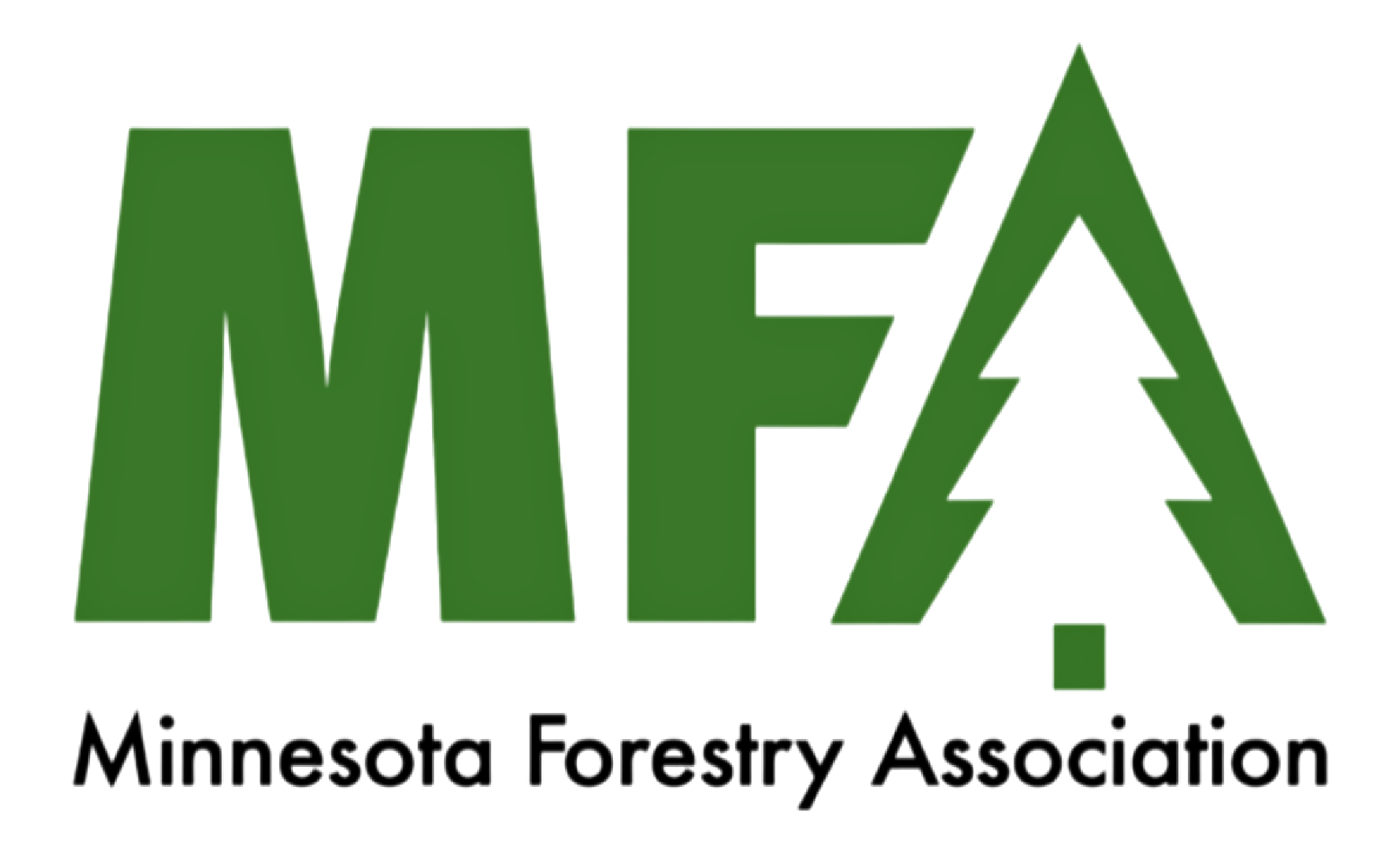When John Krantz, Forest Lake, retired from DNR Forestry 11 years ago, he and his wife, Marcie, went to work selling goods from their woods.
One product with which John enjoys working is willow sticks that can be made into canes and walking sticks. Each year, with permits from Itacsa County, DNR and the Chippewa National Forest, John harvests about 1,000 willow sticks and 400 sticks from eight to ten year old aspen. “These sticks are easy to sell,” John says, “especially the further south you go. We have been showing our products at a show in Kansas City for the last 10 years. People come from as far away as Arkansas to buy them.”
A second product is butternut that can be made into plates, bowls, etc. by wood turners. But the main product of their business, Krantz Wood Sales, is basswood for carvers. “In the area north of the Twin Cities, we grow the best basswood in the world,” John says, “probably because it grows relatively slowly here. But, even this best basswood is a low value timber that becomes high value after we prepare it for sale.”
First, basswood has to be harvested in winter. If basswood is harvested in summer it deteriorates very quickly and will not hold its bark. Some of the Krantz’ products have the bark attached.
After harvest comes the drying process. Air-dried basswood has characteristics in demand by Krantz’s carver customers. The sawmill John uses to cut the rough lumber does the first step in drying by stacking the rough lumber outdoors. During breezy, low humidity days in April, May and June, the lumber will lose half its moisture. Then the wood is moved into the loft of a barn on the Krantz’ Deer River-area farm. “The barn has a metal roof which allows the summer temperatures to get into the 90s “ John says.
By fall, the basswood is moved to the Krantz’ small wood shop in Forest Lake where their one part time employee cuts and planes the wood. Most of it is ready for sale to carvers as-is but John takes one more step with a few of the boards. Some customers like wide boards on which they can carve relief images. The problem is, a single wide board will warp so John glues 4-6” boards together to make one that is 12-18” wide.
Listening to John & Marcie talk, it sounds as though their business is working almost too well. “We have enough business coming in,” John says, “that we are never fully caught up.” They are cutting back a little on their main marketing effort which is displaying at carving-oriented shows in the southern states. This year they skipped a show in Phoenix. For the last 10 years or so, John and Marci would load their pickup and a trailer full of basswood and sell it all at the show. They will continue to sell to their past customers in the Phoenix area via the telephone and Internet.
As to MFA, John as been a member since 1976, the year that our association was brought out of dormancy after having been idle for several decades. In fact, John recalls participating in the very first meeting in Brainerd.
John & Marci’s country estate is a 150-acre farm located just north of Deer River that has been in the family for 109 years. When John was young, the farm was mostly pasture on which his father raised beef cattle. When John went off to forestry school at the University of Minnesota, his father began planting the pasture to red pine and white spruce. Today, all but 20 acres are forested.
For more information you will find an article John wrote for Carving Magazine in which he describes his process in detail.


